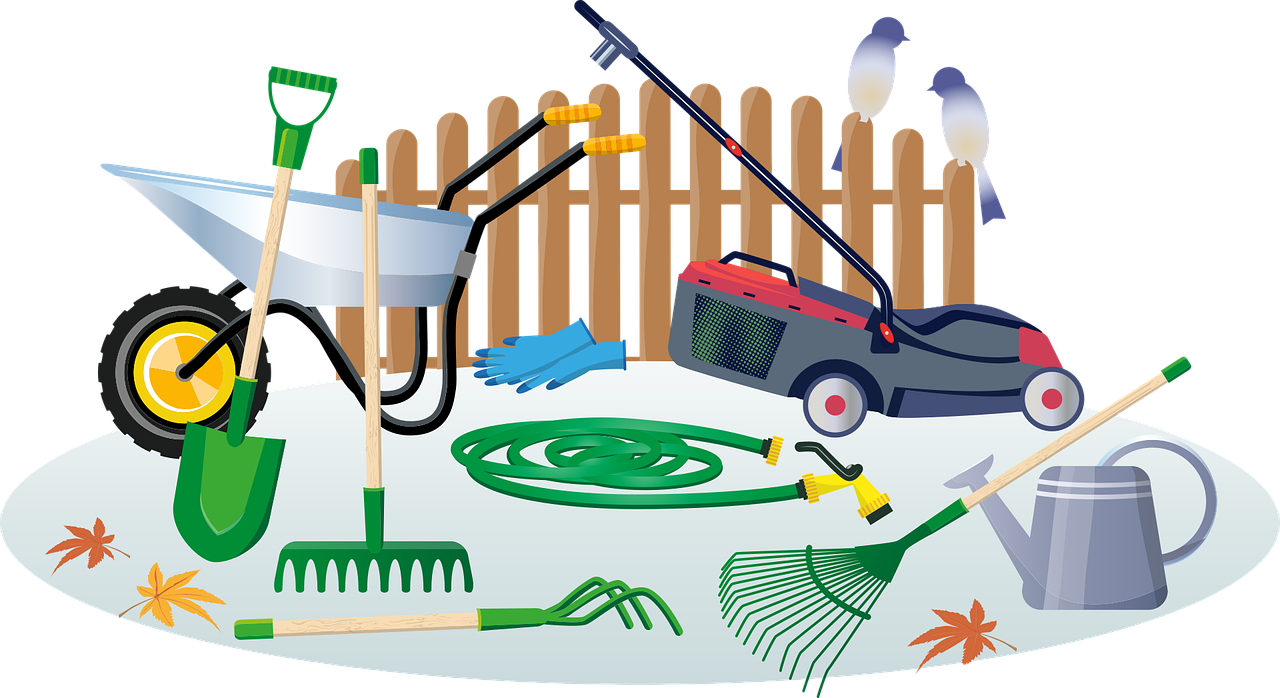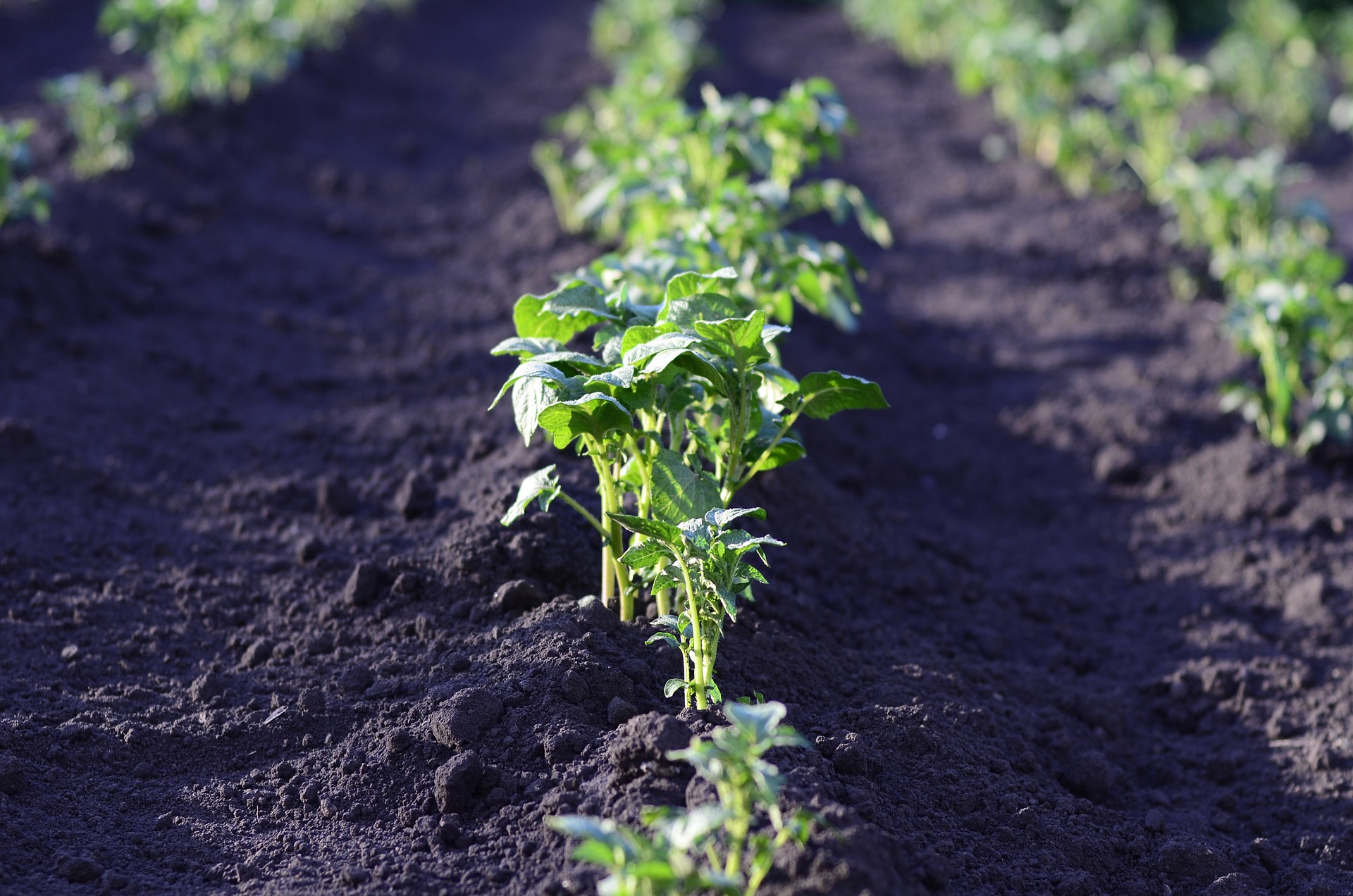
15 Best Plants for Sunroom| Transform Your Solarium
This content might contain affiliate links. We use affiliate links to support our blog and keep it free for you. If you make a purchase using one of these links, we may receive a small commission at no extra cost to you. Thank you for your support!
Read More →





